Skiing down a mountain feels effortless, but have you ever stopped to wonder how skis are built? From the materials that give them strength and flexibility to the intricate layers that help them perform, skis are more than just pieces of gear—they're finely tuned pieces of engineering. Let take a deeper look behind the curtain.
How Skis Are Made: The Basics of Ski Manufacturing
Building a ski is a meticulous process that combines craftsmanship and technology. It typically involves:
Design
Engineers design the ski shape, dimensions, and flex pattern based on its intended use (e.g., racing, freestyle, backcountry).
Material Selection
Skis are built using a combination of materials, each chosen for specific properties like strength, weight, and flexibility.
Layering
Skis are constructed in layers. These layers include the core, top sheet, fiberglass or carbon reinforcements, and base.
Molding and Pressing
The layers are stacked in a mold and pressed together under heat and pressure, bonding them into a single structure.
Shaping and Finishing
After pressing, the skis are cut to their final shape, and the edges are sharpened. The base is ground and waxed to ensure smooth gliding.
Each ski goes through rigorous quality checks before hitting the shelves, ensuring it meets performance and durability standards.
What Is Ski Structure?
A ski’s structure refers to the layers and components that make up its body. Here’s a closer look at the key parts of a ski:
1. The Core
The core is the heart of the ski, providing its flex and strength. Common materials include:
- Wood: Popular for its natural flex and durability.
- Foam: Lightweight but less durable than wood.
- Composite: Found in untraditional skis like Snowfeet Skiblades, which feature fiberglass-reinforced materials for strength and versatility.
2. Reinforcement Layers
To give skis extra durability and stiffness, layers of fiberglass, carbon fiber, or metal are added around the core. These reinforcements are crucial for controlling the ski's flex and torsional rigidity.
3. Sidewalls
Sidewalls protect the ski’s core and help transfer energy to the edges. They are typically made of plastic or ABS material, which is lightweight and tough.
4. Base
The base is the underside of the ski that makes contact with the snow. It’s made from polyethylene, which is durable and provides excellent glide when waxed.
5. Edges
Metal edges run along the sides of the ski, allowing you to grip and carve turns on hard-packed snow.
6. Top Sheet
The top sheet is the outermost layer that protects the ski’s internal components and gives it a polished look. It’s also where manufacturers showcase their graphics and branding.
What Is the Bottom of Skis Called?
The bottom of skis is called the base, and it plays a critical role in performance. Ski bases are made from polyethylene, which is either:
- Extruded: Cheaper, durable, but less efficient at retaining wax.
- Sintered: More expensive, porous, and better at holding wax for faster gliding.
The base is carefully ground and structured to create tiny grooves that channel water and reduce friction, giving you a smooth and fast ride.
Why Are Skis So Expensive?
If you’ve ever experienced sticker shock looking at skis, you’re not alone. Here’s why skis come with a hefty price tag:
1. High-Quality Materials
Skis are made from a mix of premium materials like wood, fiberglass, carbon fiber, and high-grade metal. Each material is carefully selected to optimize performance, durability, and weight.
2. Complex Manufacturing Process
The process of designing, testing, and building skis is labor-intensive. Precision is key, and the use of advanced machinery and molds drives up costs.
3. Research and Development
Ski manufacturers invest heavily in R&D to improve performance and create innovative designs. For example, Snowfeet Skiblades use fiberglass-reinforced materials to combine strength, lightness, and flexibility—features that require extensive development to perfect.
4. Durability and Longevity
A good pair of skis is built to last for years, which means manufacturers need to use high-quality materials and processes that stand up to wear and tear.
5. Limited Production
Compared to mass-market goods, skis are produced in smaller quantities, making economies of scale harder to achieve.
If you want to save a few bucks, consider going shorter, not less-quality. Skiblades by Snowfeet are an affordable option but of the same quality as long skis.
Untraditional Skis: A Look at Snowfeet
While traditional skis dominate the market, there’s a growing interest in untraditional skis like Snowfeet. These compact, innovative skis are a unique alternative to traditional options.
What Makes Snowfeet Skiblades Different?
- Material: Made with fiberglass-reinforced materials, they offer excellent durability and flexibility.
- Size: Their shorter length merges skiing and skating into a unique experience of skiskating.
- Innovative bindings: Snowfeet bindings are a piece of engineering itself. The design combined with short length allows you to use them with regular winter boots.
Snowfeet change the traditional view on skis by using fiberglass-reinforced material and thus making the mini skis affordable to anybody. 
This has been a brief overview of how skis are built and why they are perhaps expensive. If you find regular long skis too much of an investment, consider giving Snowfeet a chance - they might be the right solution for you.

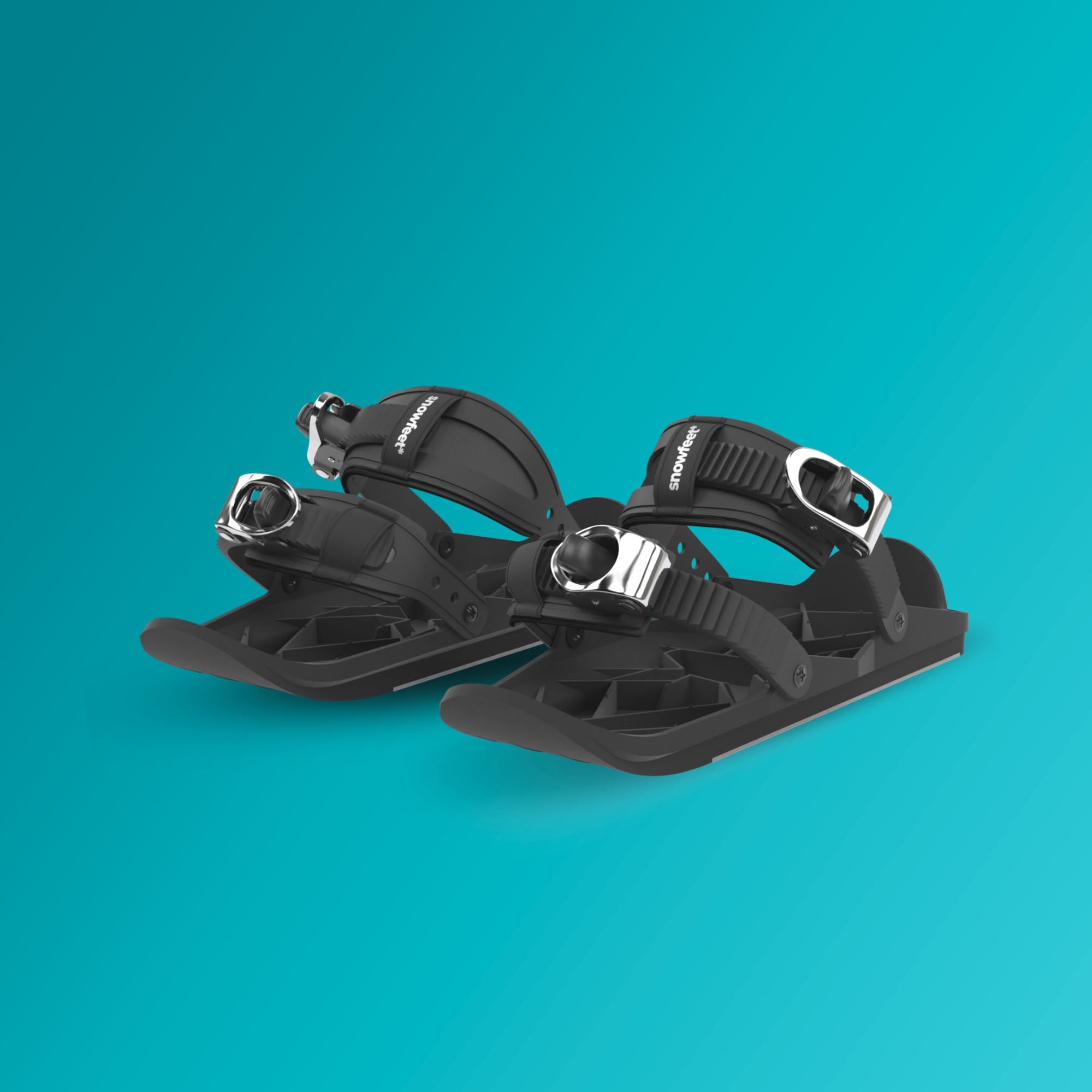


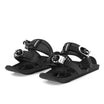
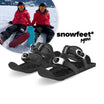

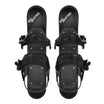


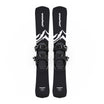
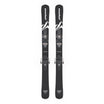
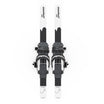
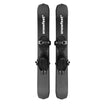
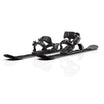
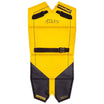

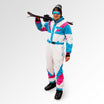
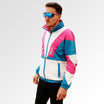
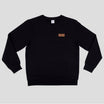
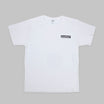
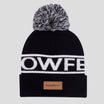
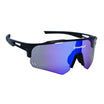
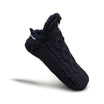
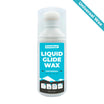
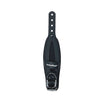
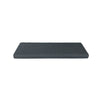
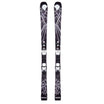

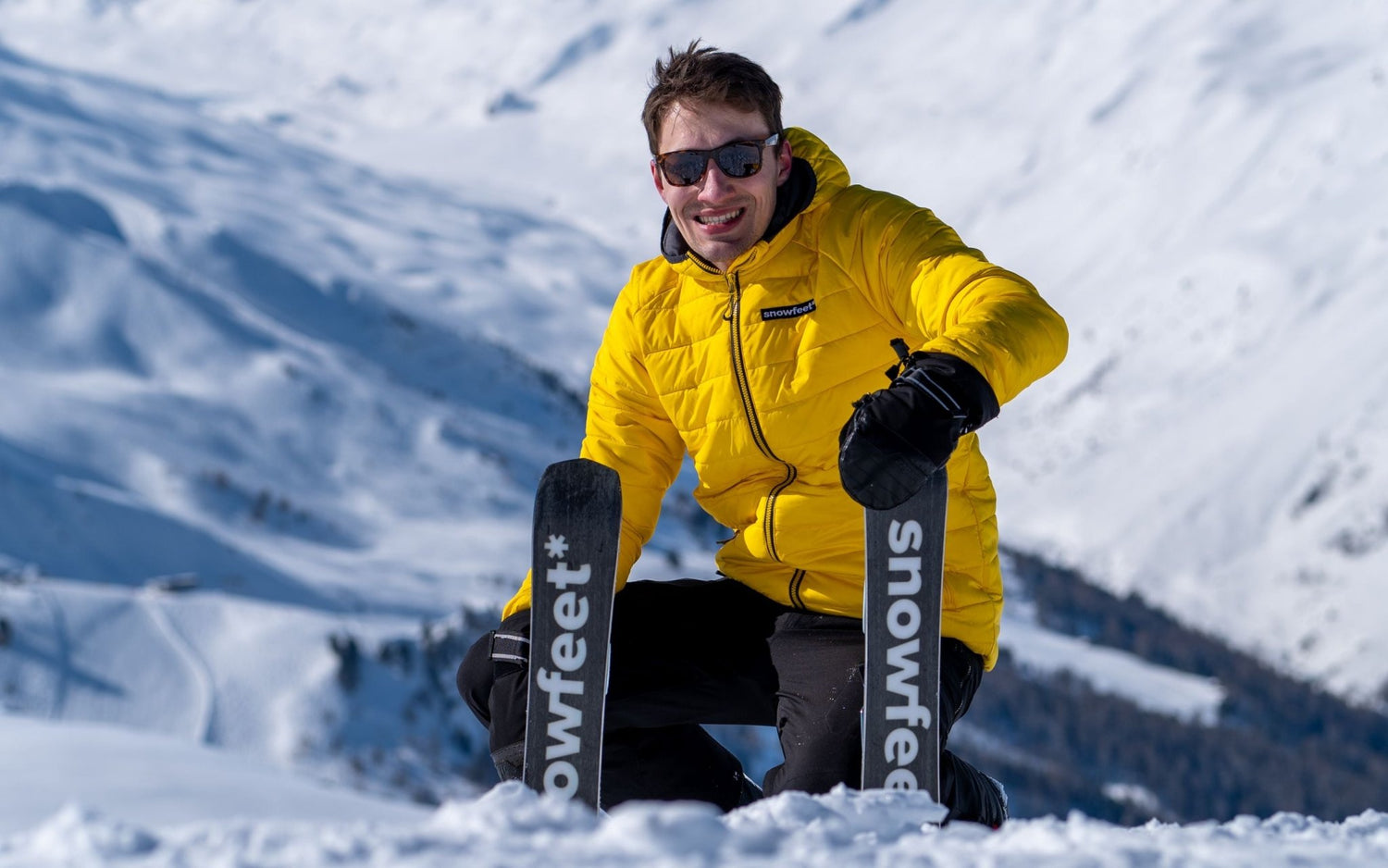




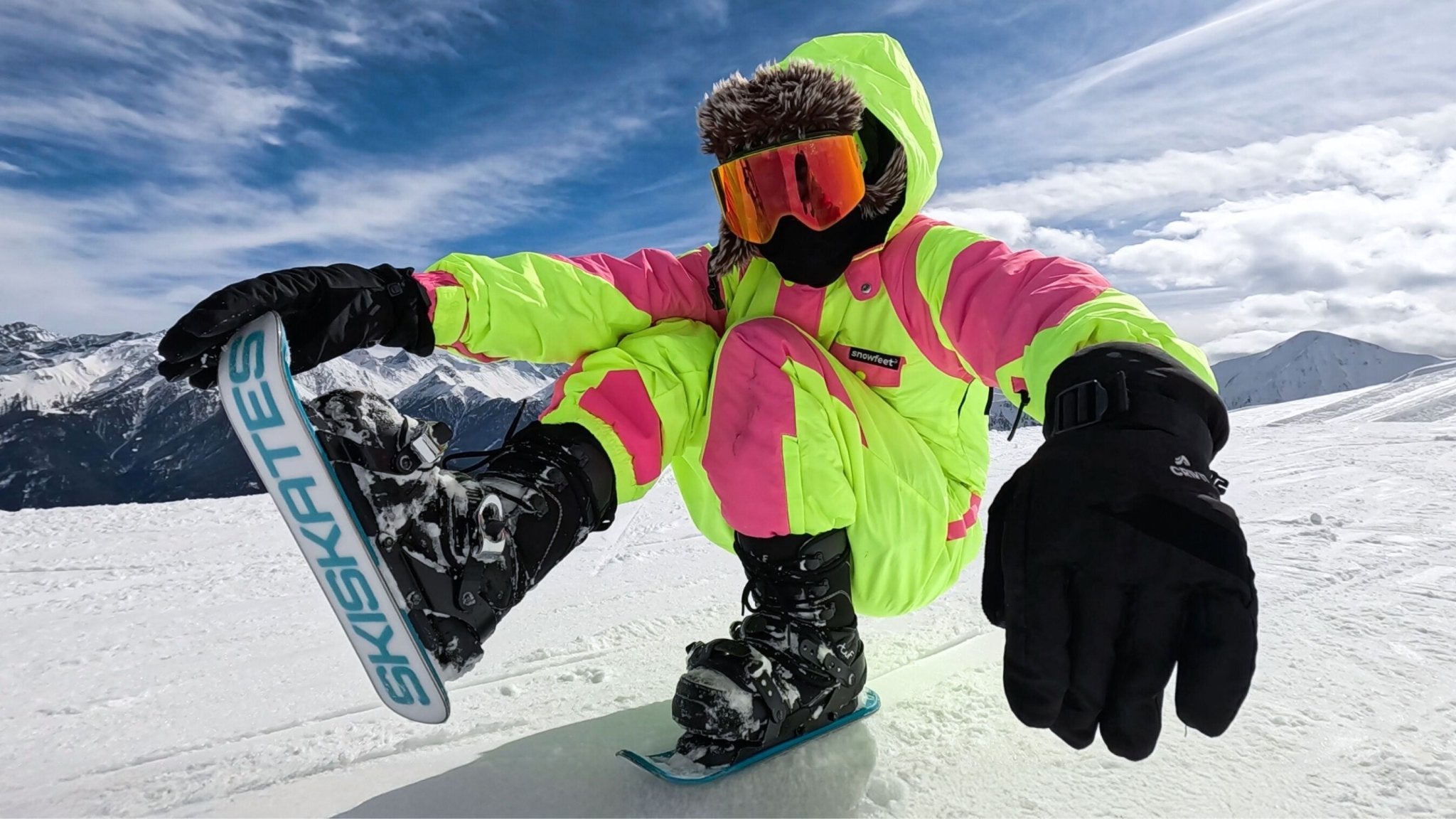
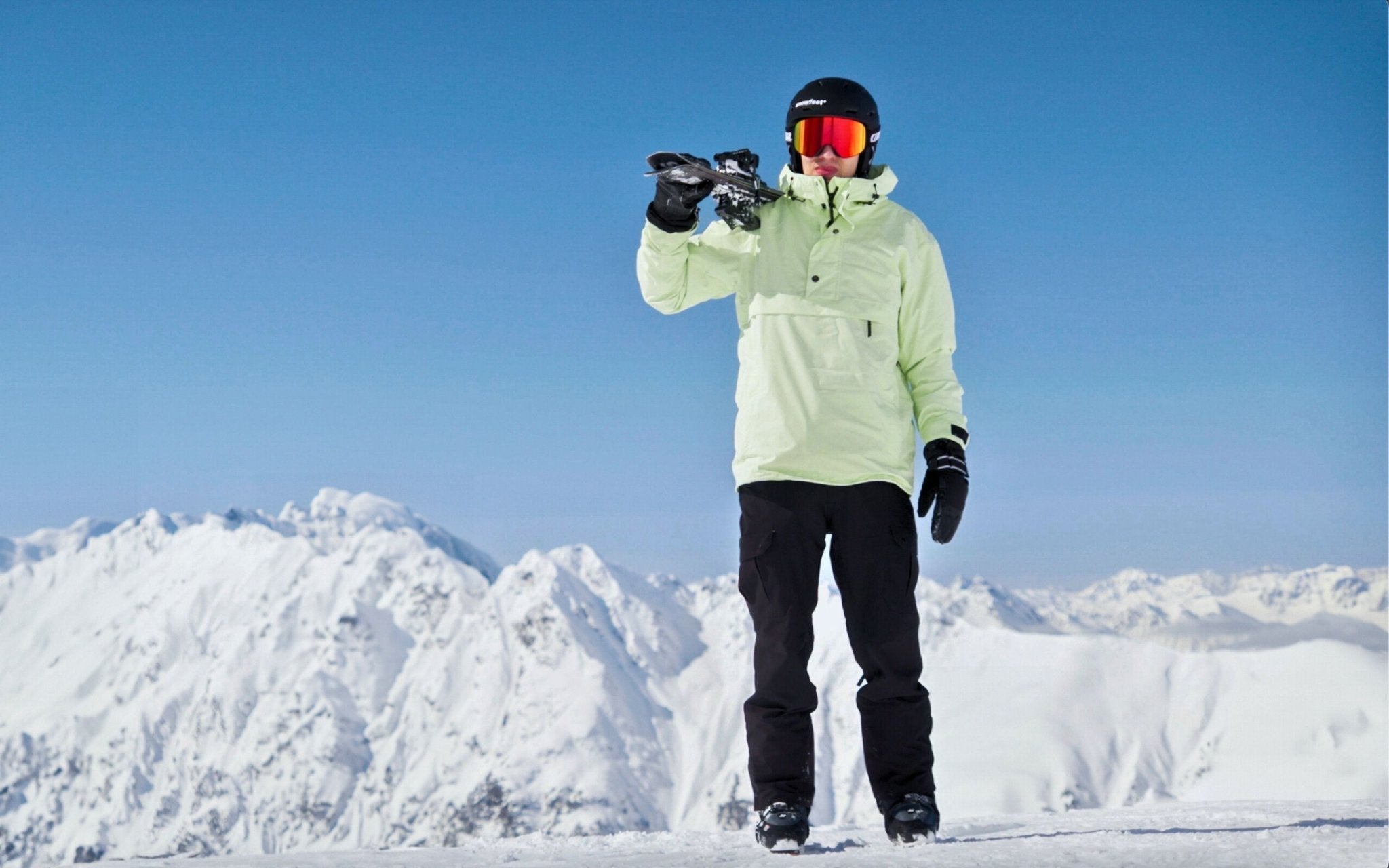
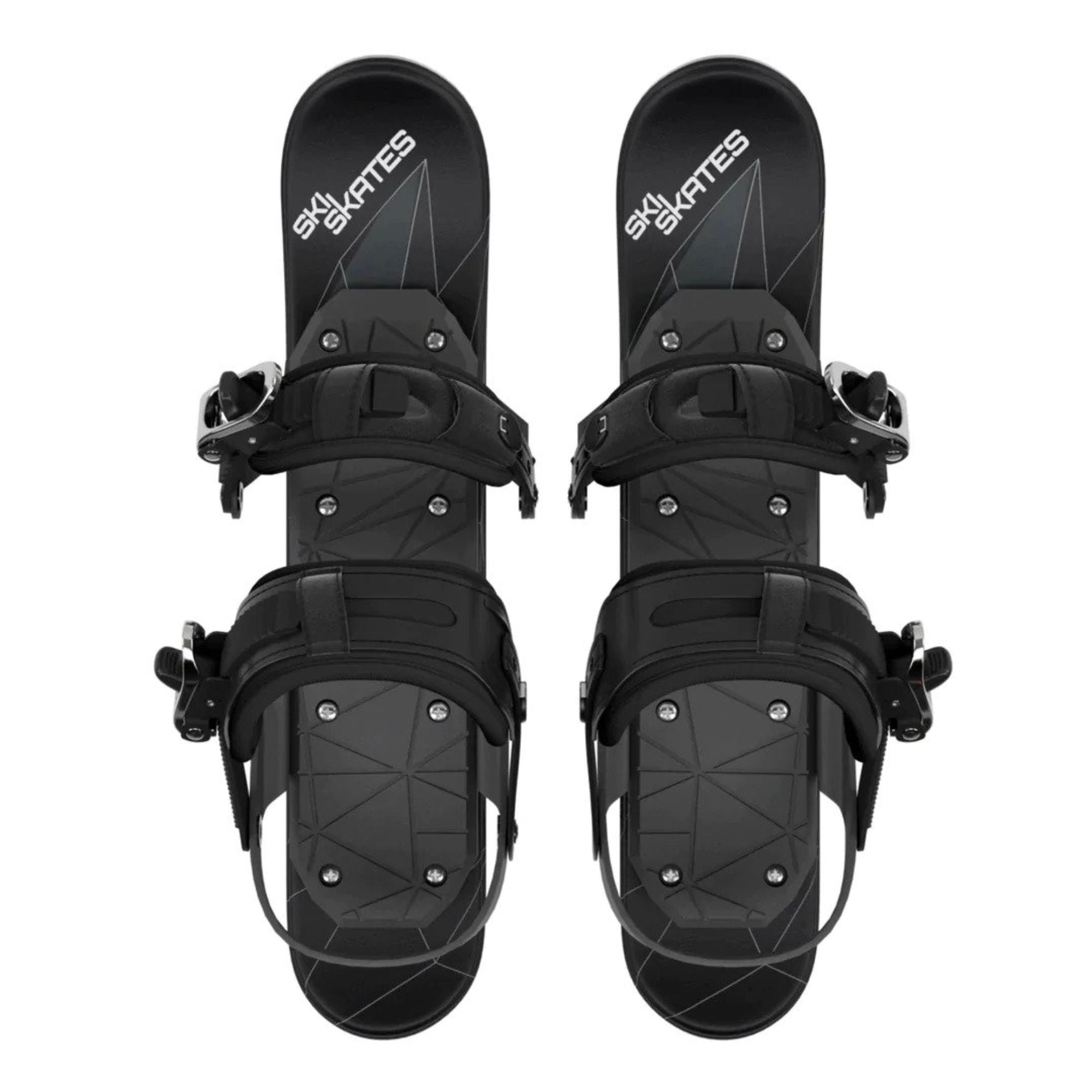
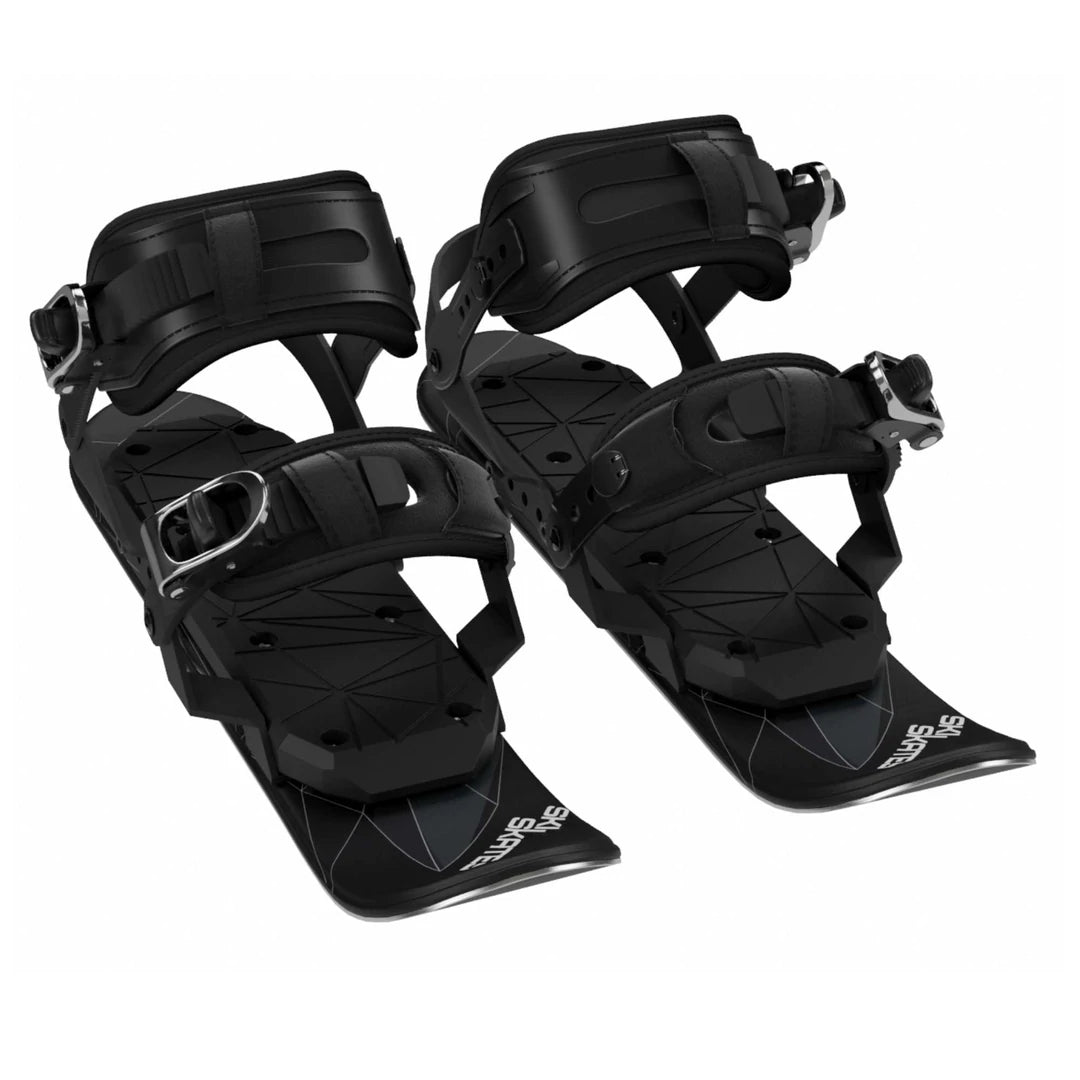
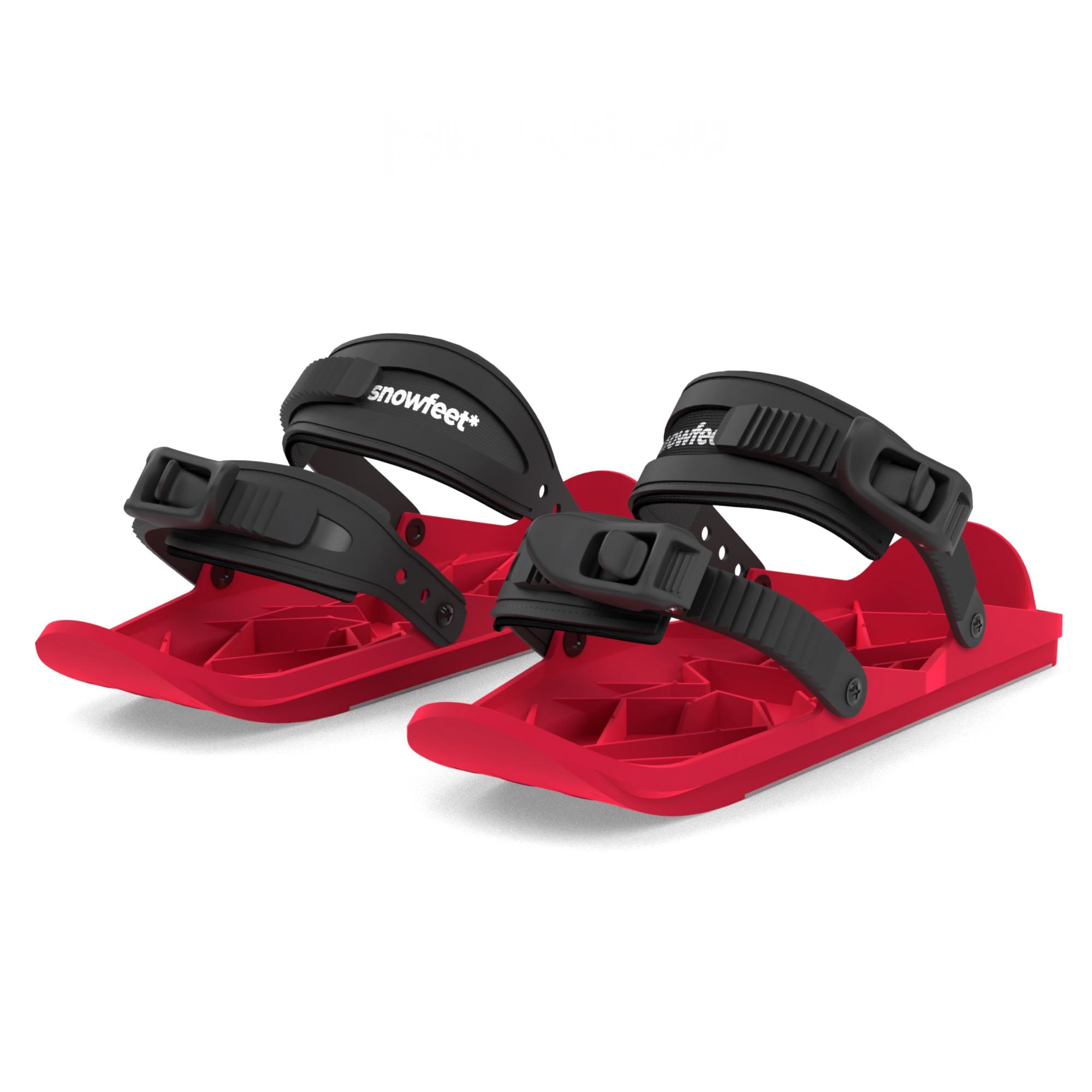
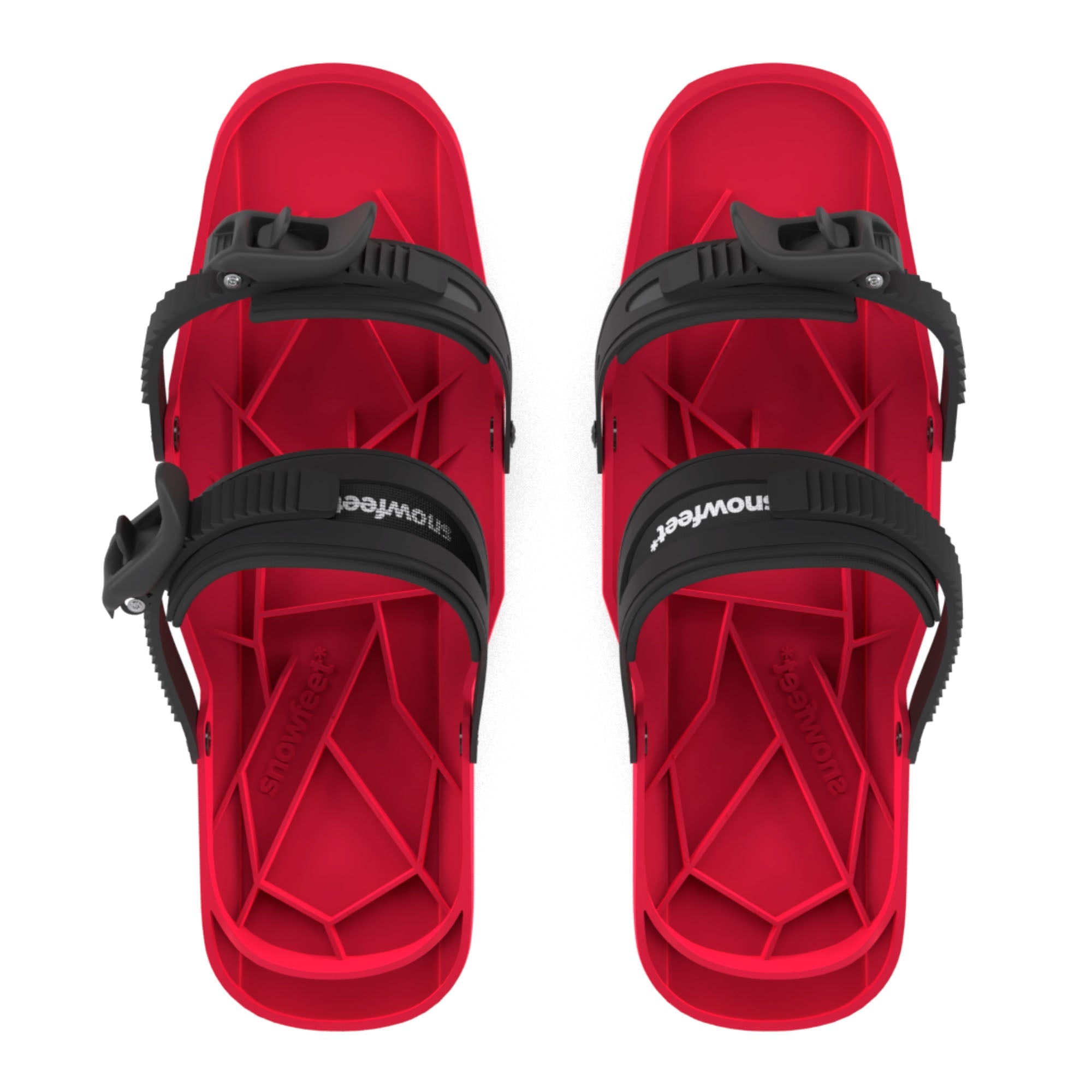




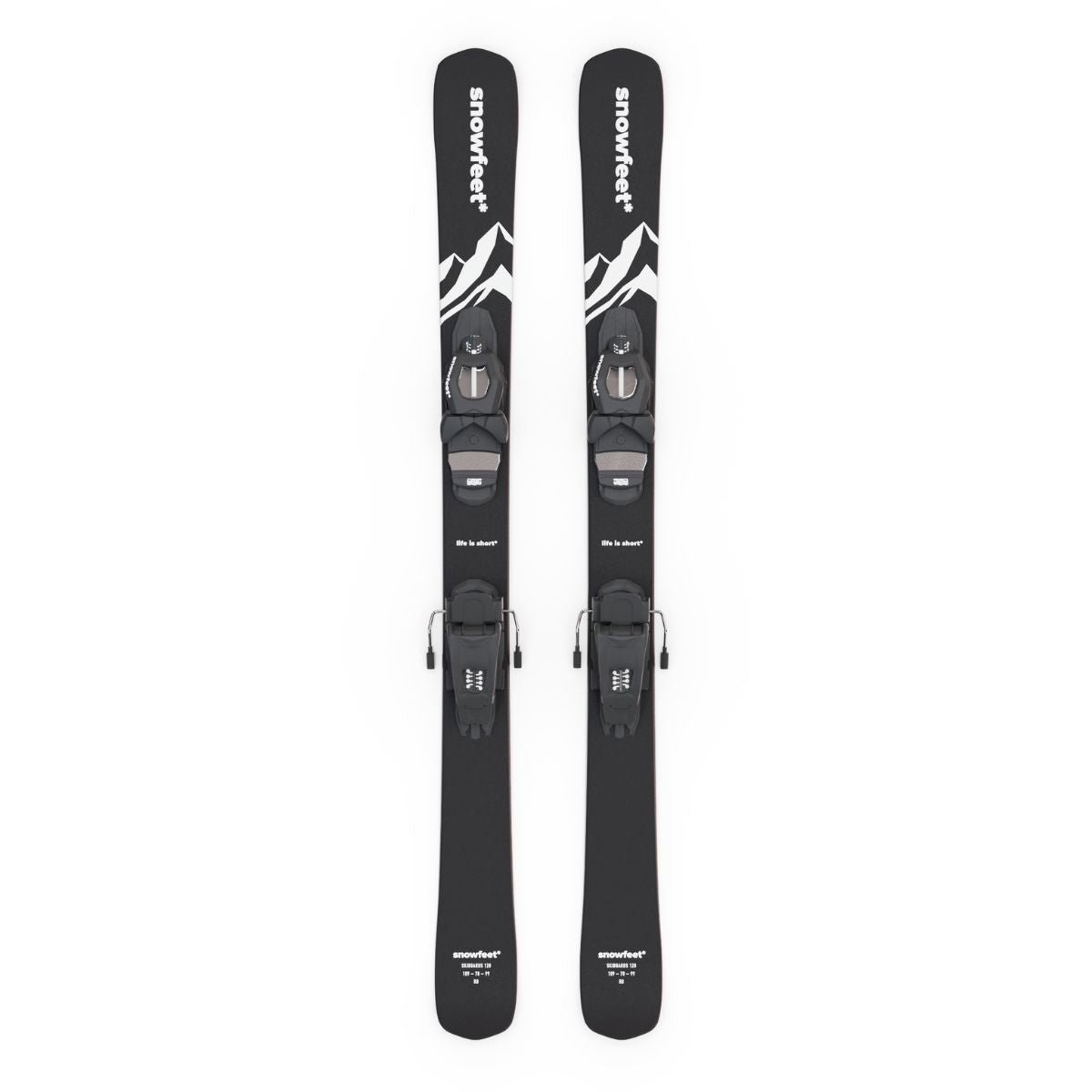
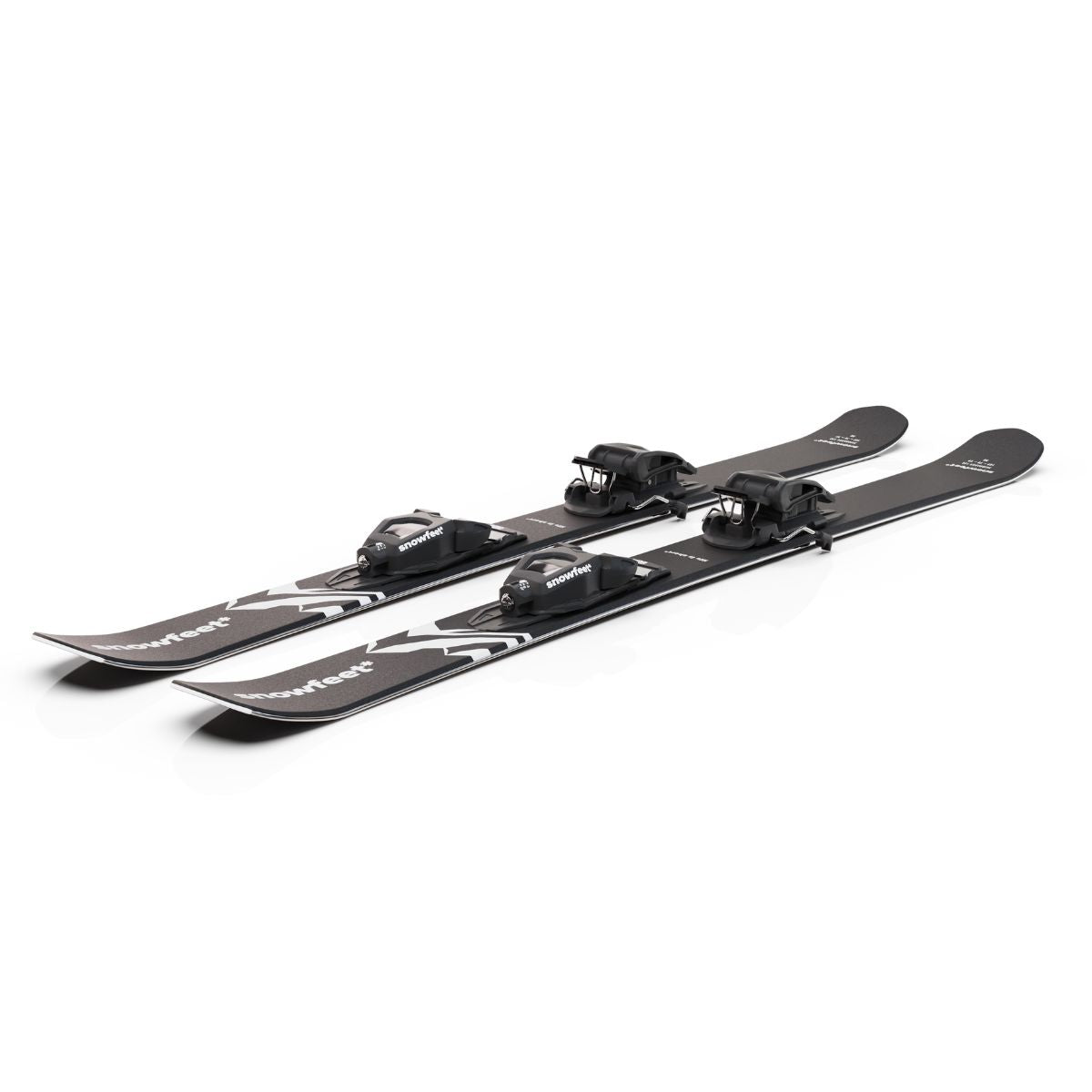
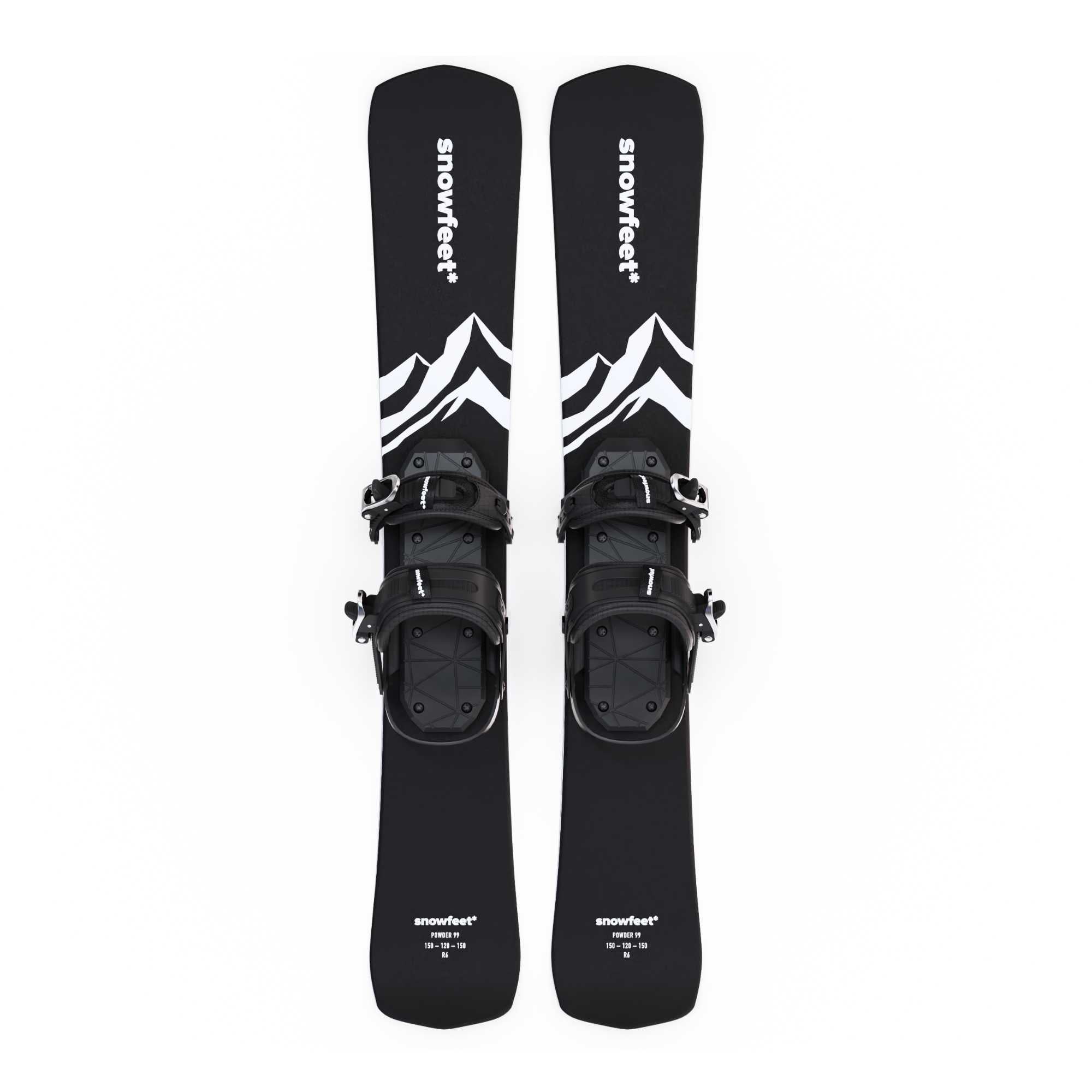
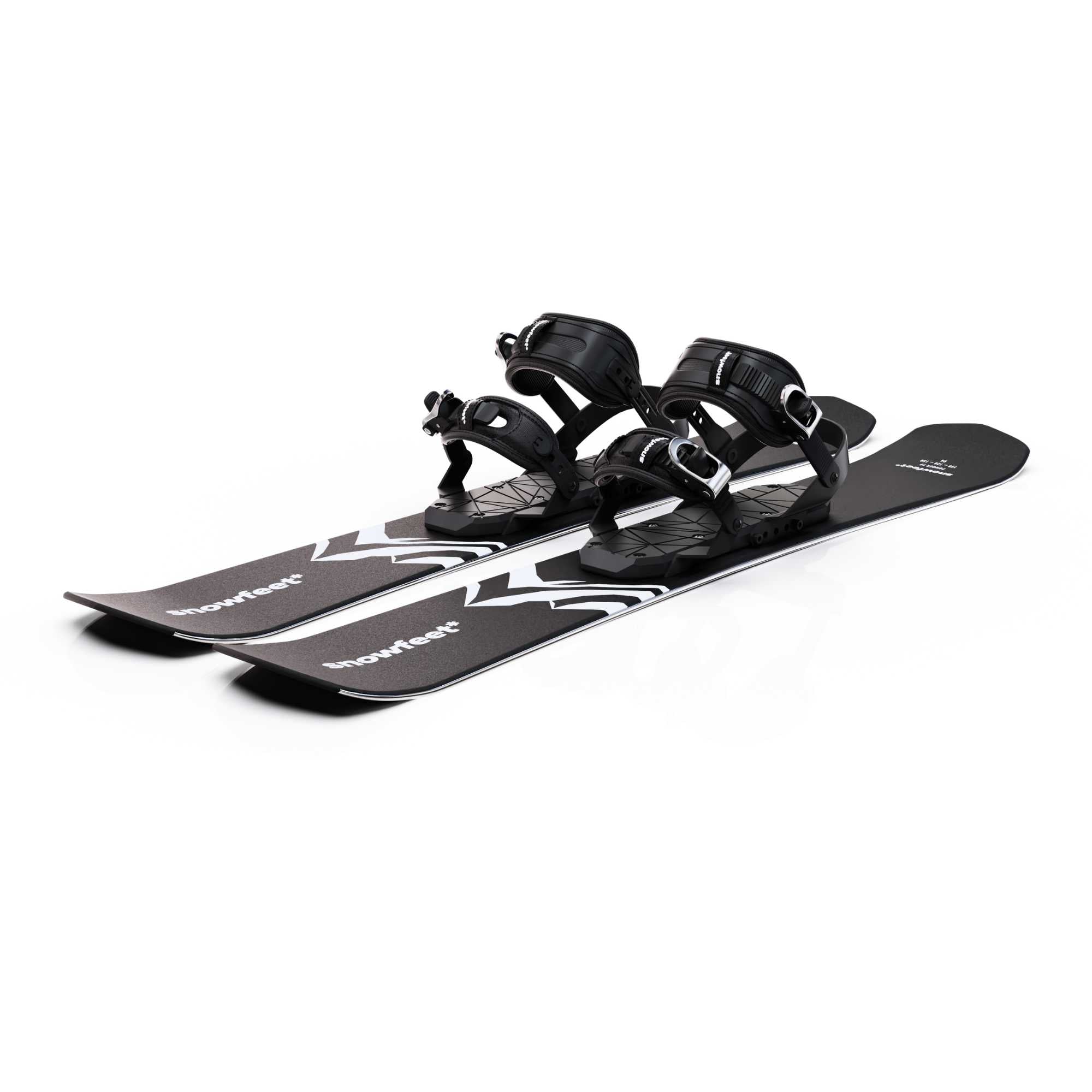
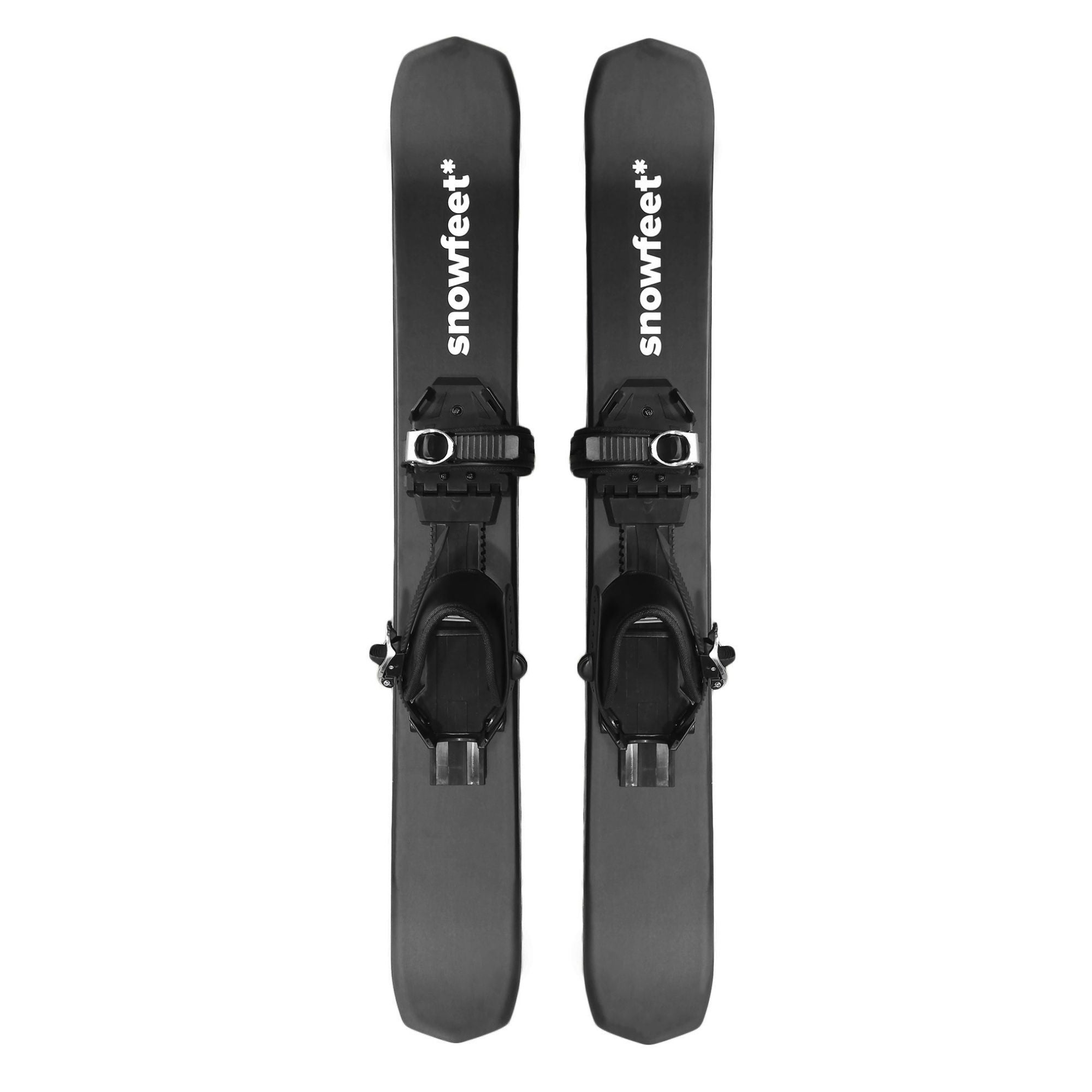
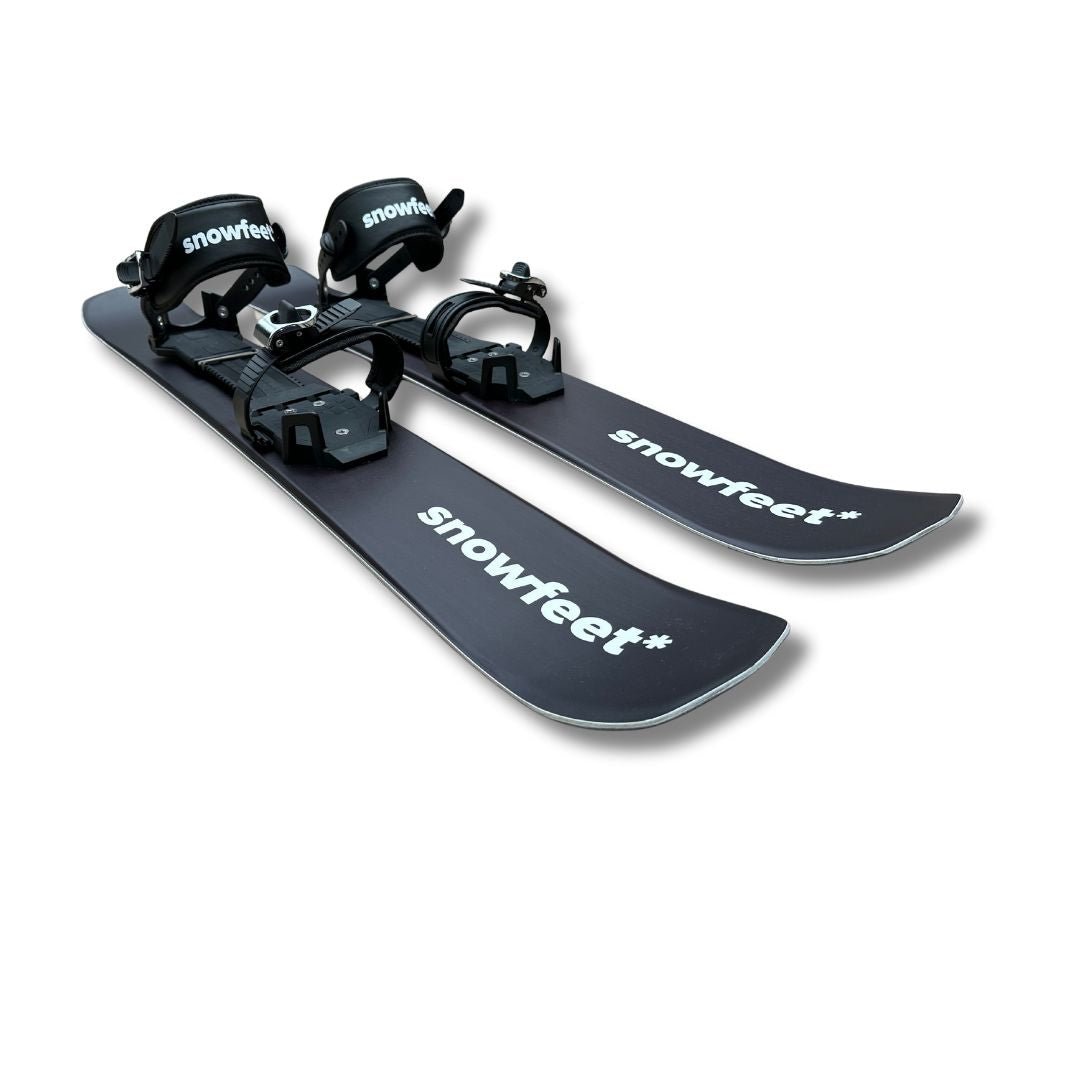
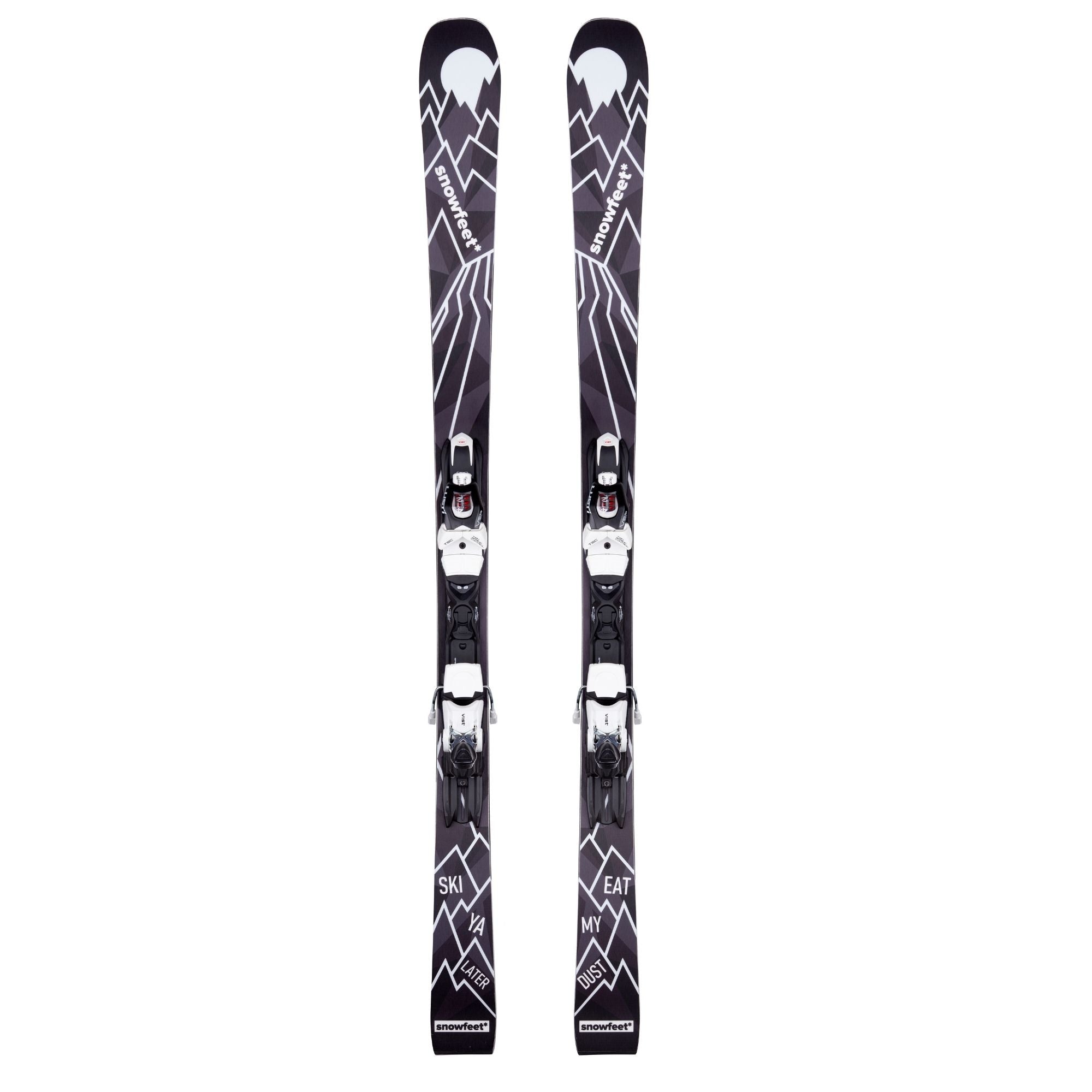
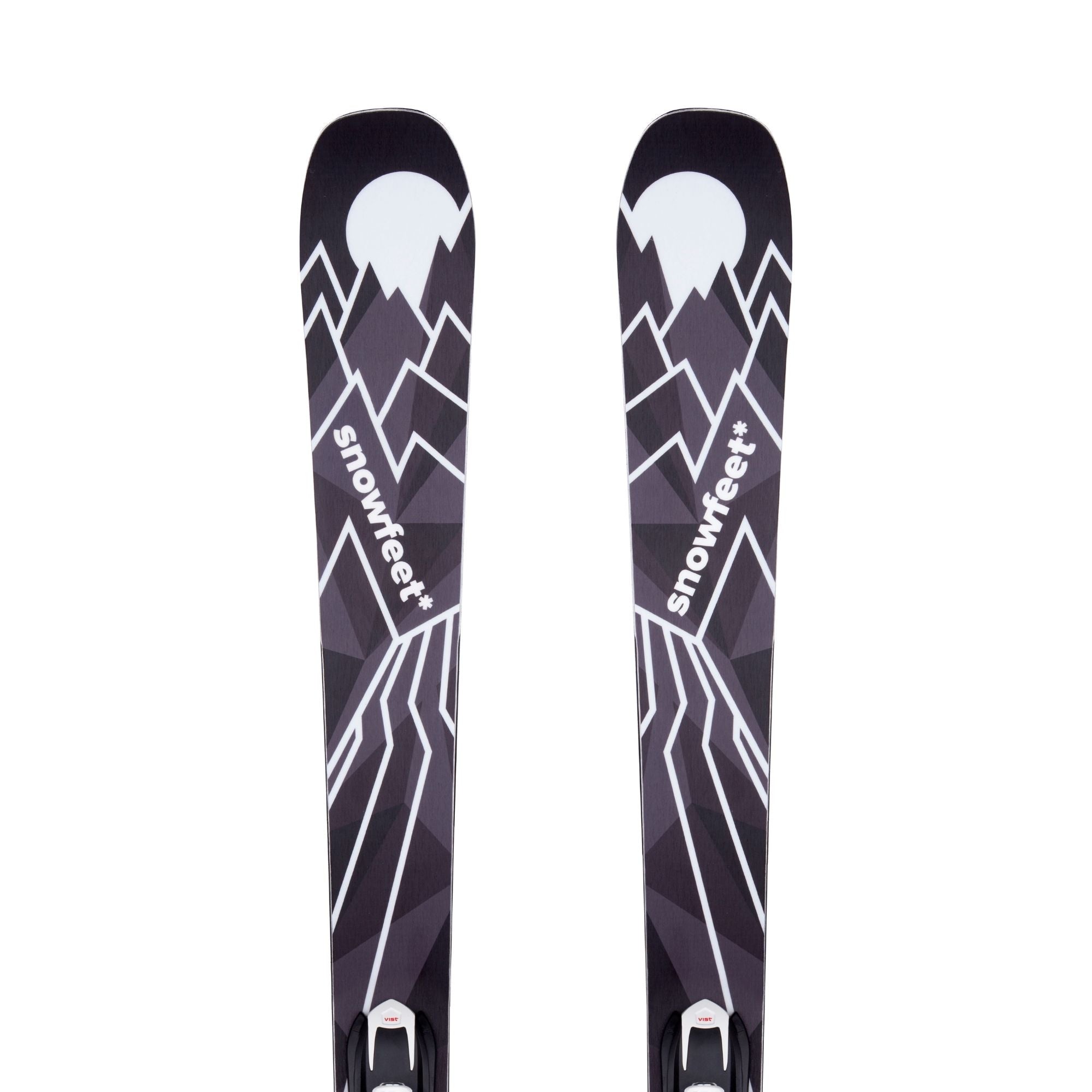
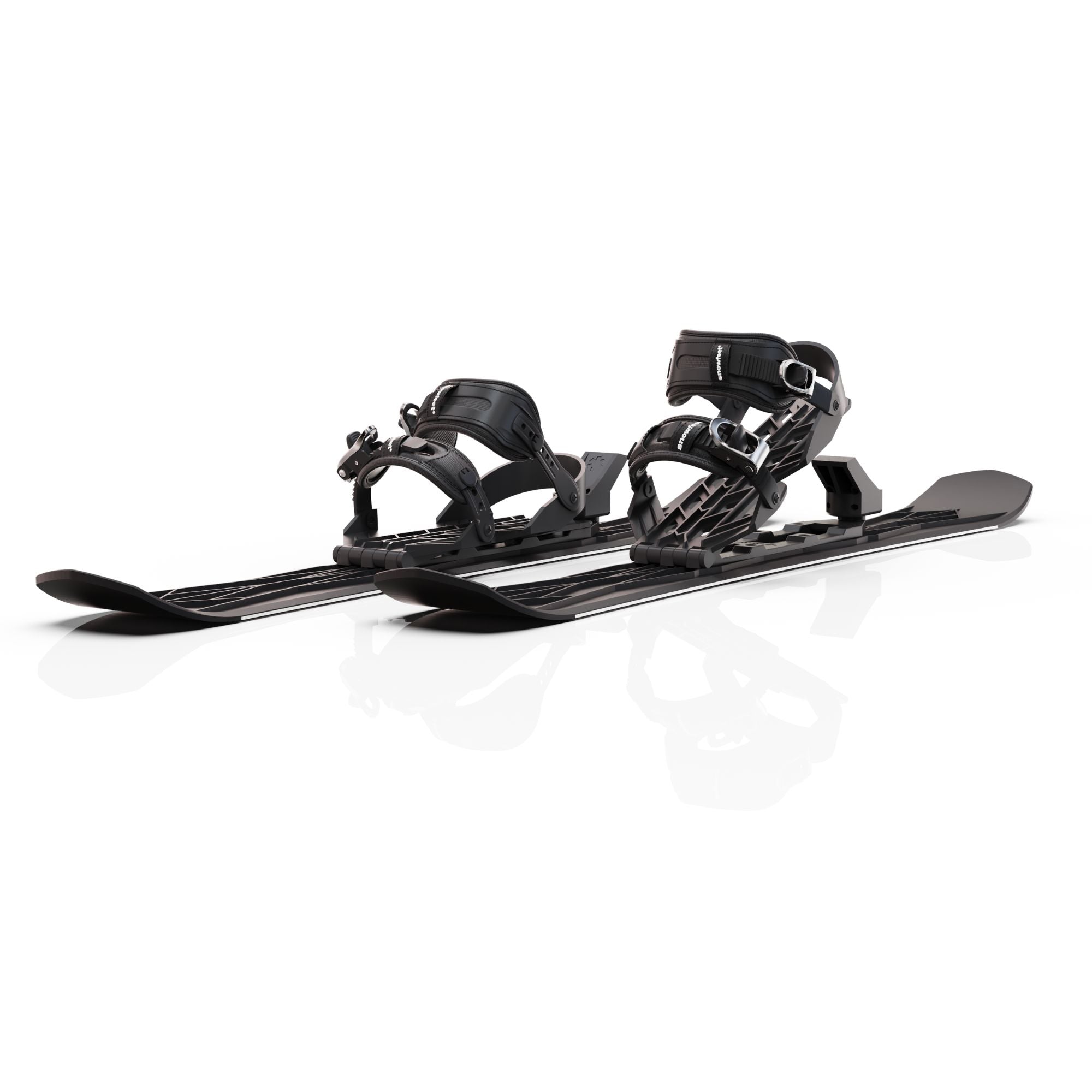

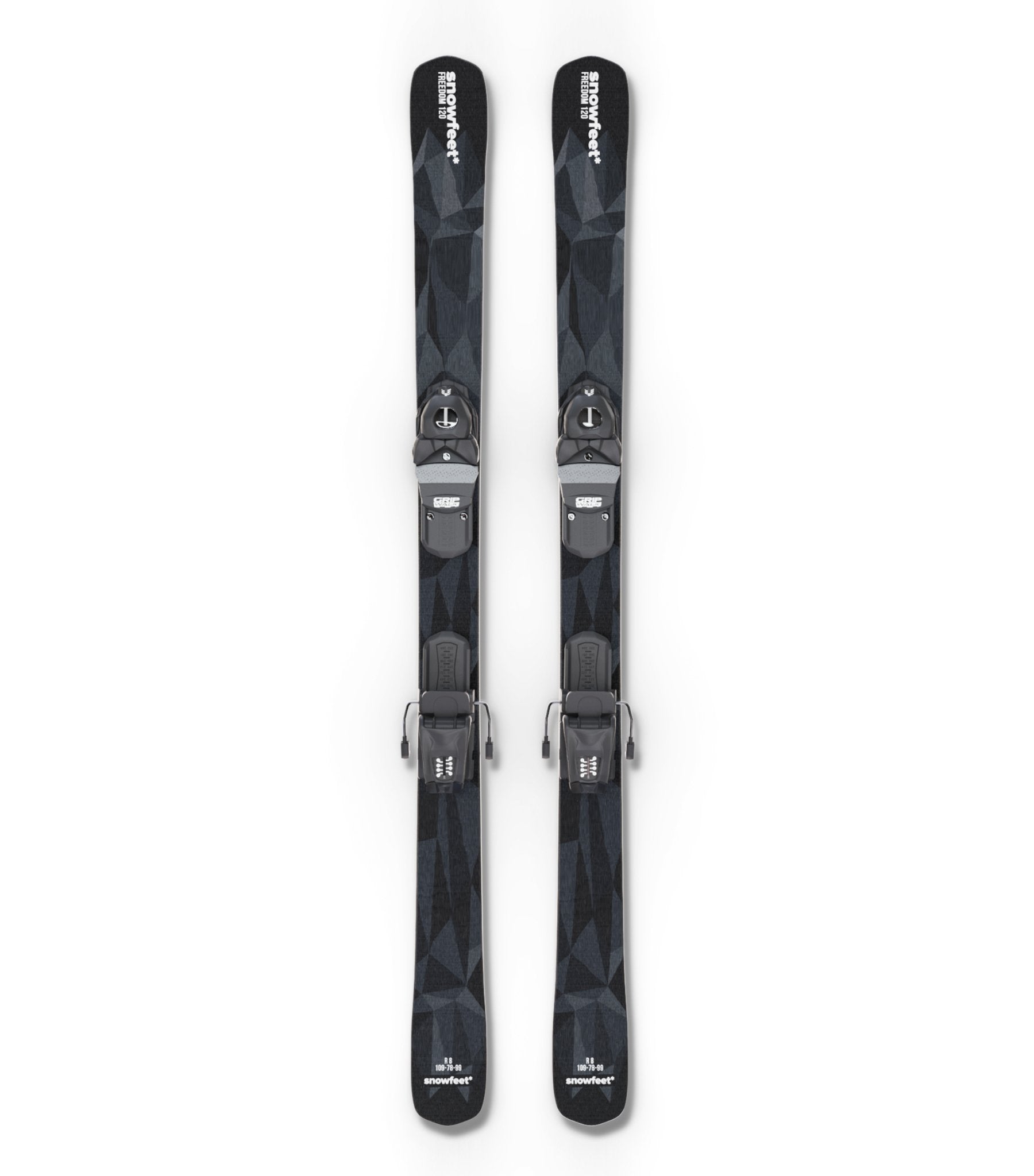
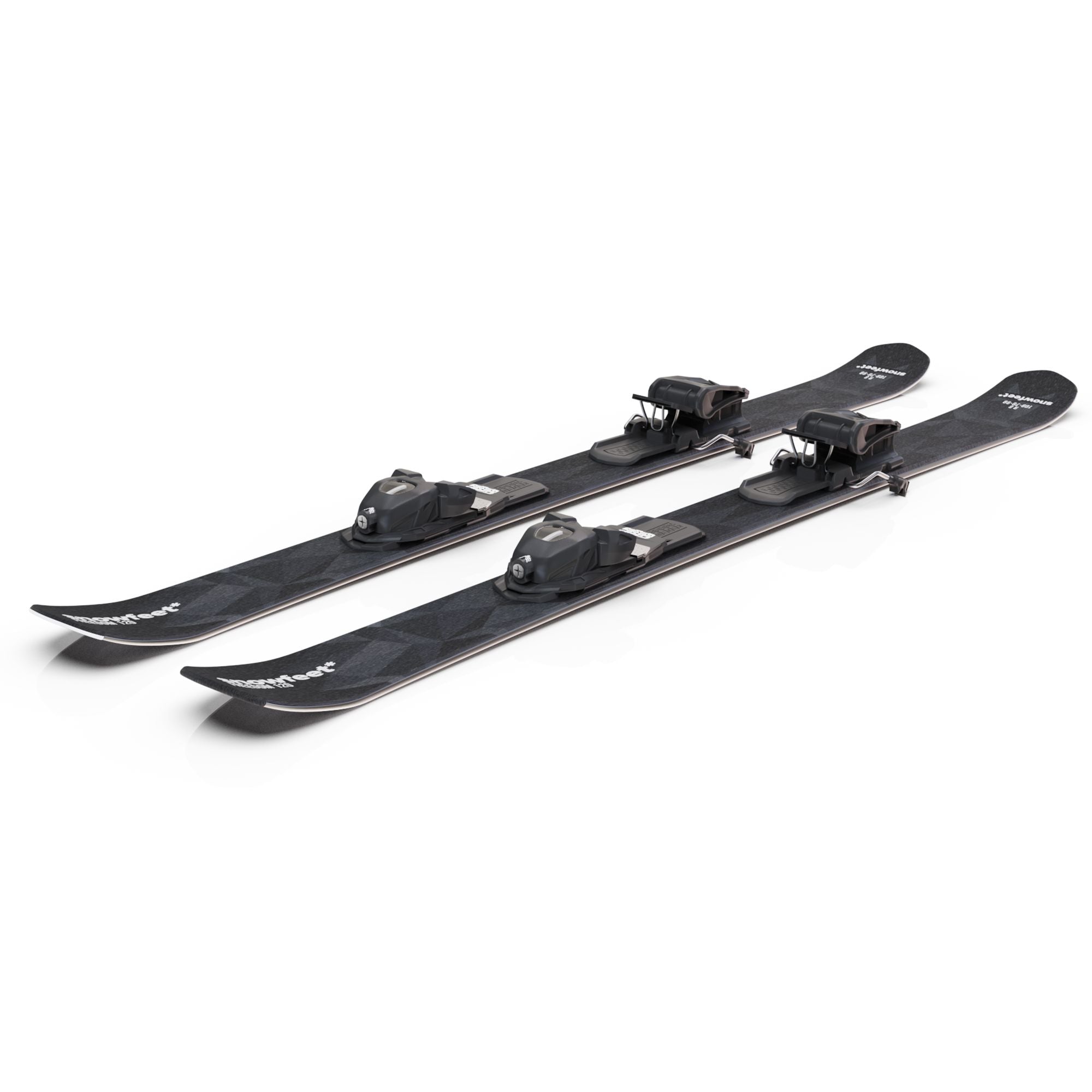
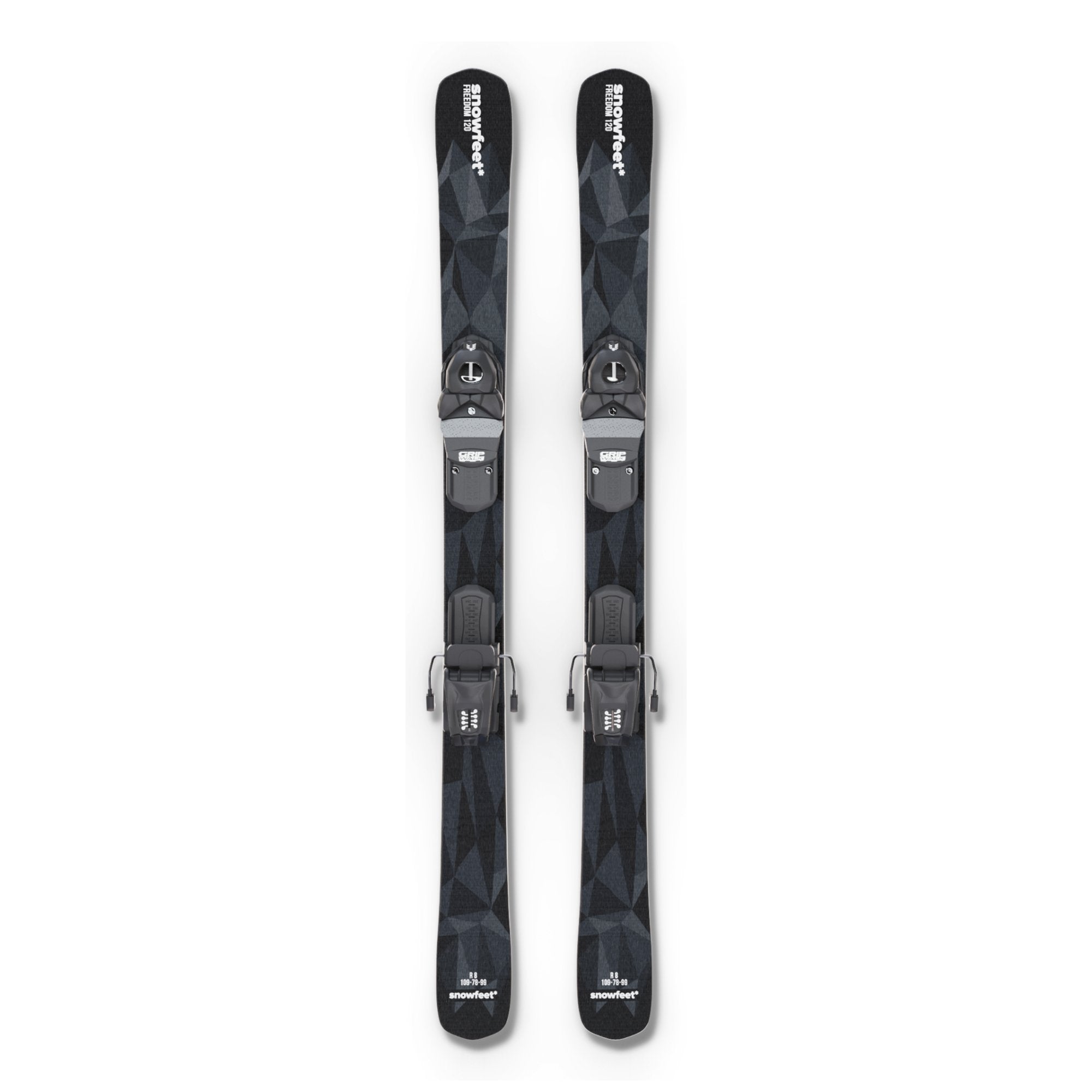
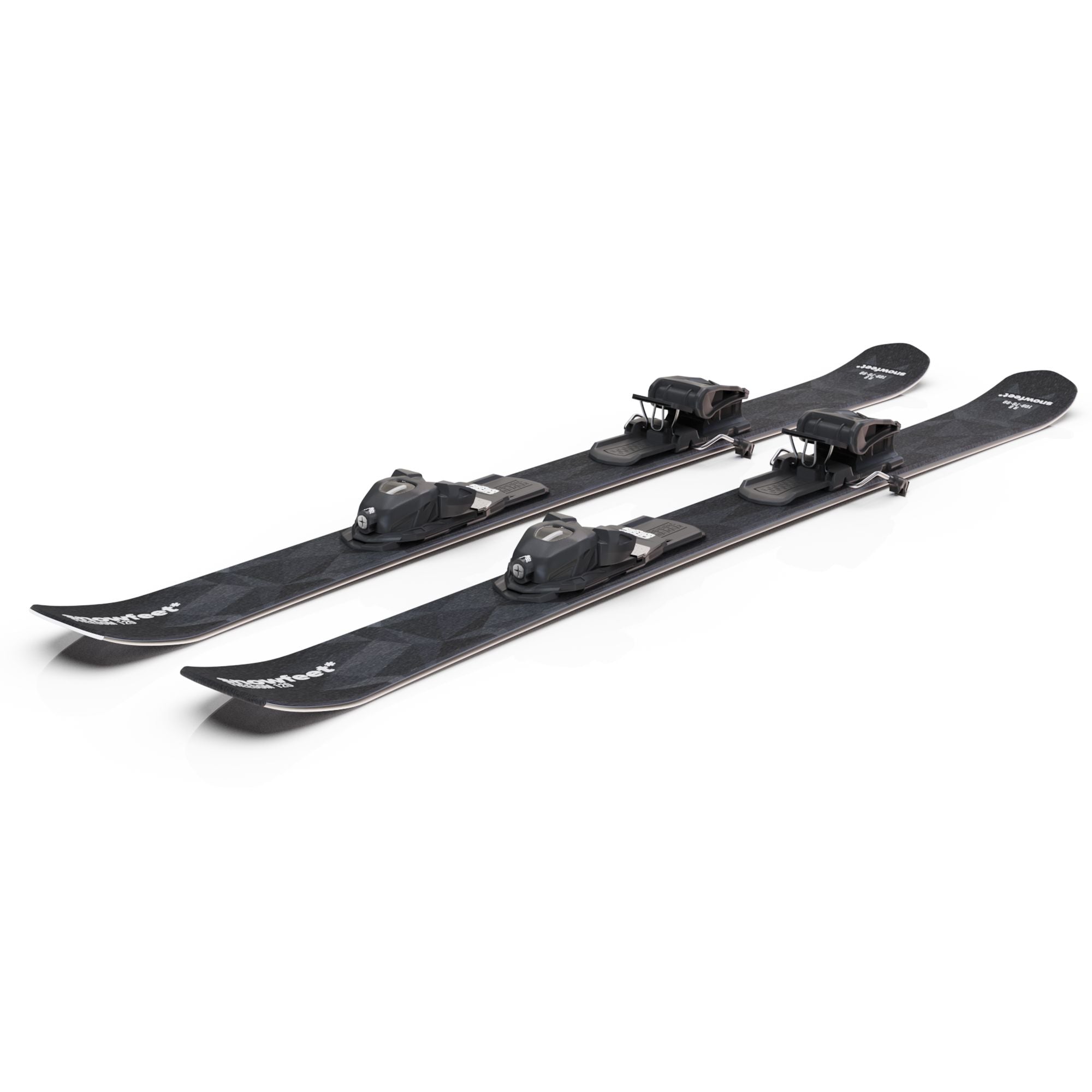
Leave a comment
This site is protected by hCaptcha and the hCaptcha Privacy Policy and Terms of Service apply.